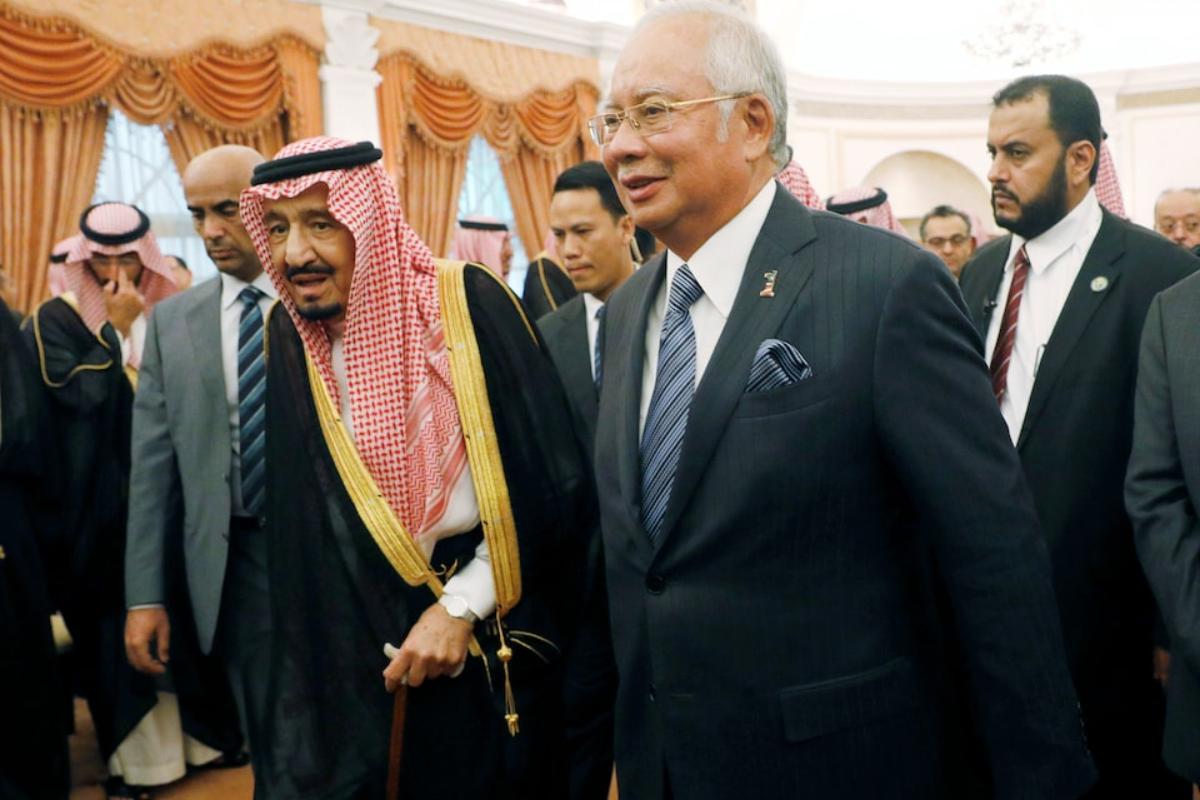Trade between the Gulf countries and other countries in the Asian region will reach $578 billion by 2030, reports have come out the other day. There will be a 60 percent increase in business over the current one. Reports also indicate that this increases the importance of the Gulf countries in the region.
The Gulf countries are also aiming to diversify their economies instead of relying entirely on the oil trade. At the same time, they are also trying to strengthen the security of food and other supplies in the wake of the Russia-Ukraine conflict. Nikkei Asia reports that such moves by Gulf countries are opening up new opportunities for other emerging Asian countries, the study points out.
According to the report, trade between six Gulf countries namely Bahrain, Kuwait, Oman, Qatar, Saudi Arabia and the United Arab Emirates and 34 countries in Asia will be greatly strengthened. China, India, and most of the member states of the Association of Southeast Asian Nations (ASEAN) have rapidly bounced back from the Covid-19 recession in 2020, playing a key role in strengthening trade ties.
In 2021, trade between these countries is expected to be $366 billion. Trade growth in the GCC’s emerging Asia will have a major global impact over the next decade, the Asia House report says. ‘If GCC-Asia trade continues at the average annual growth rate shown between 2010 and 2021 (about 5.9%), it will reach about $578 billion by 2030.’ That is, it accounts for 36% of the total trade of emerging Asia-Gulf countries. According to the report, this will increase to 31% in 2021.
As the world seeks to diversify away from oil to renewables and alternative energy such as solar and hydrogen, the Gulf countries are aiming to rapidly develop non-oil sectors including ports, logistics, infrastructure, digitalisation, fintech and digital assets. These moves will also attract investment from other Asian countries, the report said.
Strengthening bilateral relations between Asian countries and Gulf countries will also play a decisive role in growth. For example, in February, India itself signed a comprehensive economic partnership agreement with the UAE, its third largest trading partner.
Meanwhile, Saudi Arabia and Thailand on the other hand have restored their diplomatic ties, with Prayuth Chan-ocha becoming the first Thai prime minister in three decades to visit the Saudi capital, Riyadh, in January. The Asia House study also pointed out that Middle Eastern royal family funds are increasingly investing in Asia.
At the same time, the report pointed out some concerns about economic relations between the two regions. Some Gulf oil consumers, including China and India, have started buying oil from Russia instead of the Gulf, as Russia has lowered oil prices following Western sanctions following its invasion of Ukraine. If this continues, it may lead to declines in revenues in the Middle East.
 SHEFAKO Jobs in Riyadh | Jeddah
SHEFAKO Jobs in Riyadh | Jeddah

